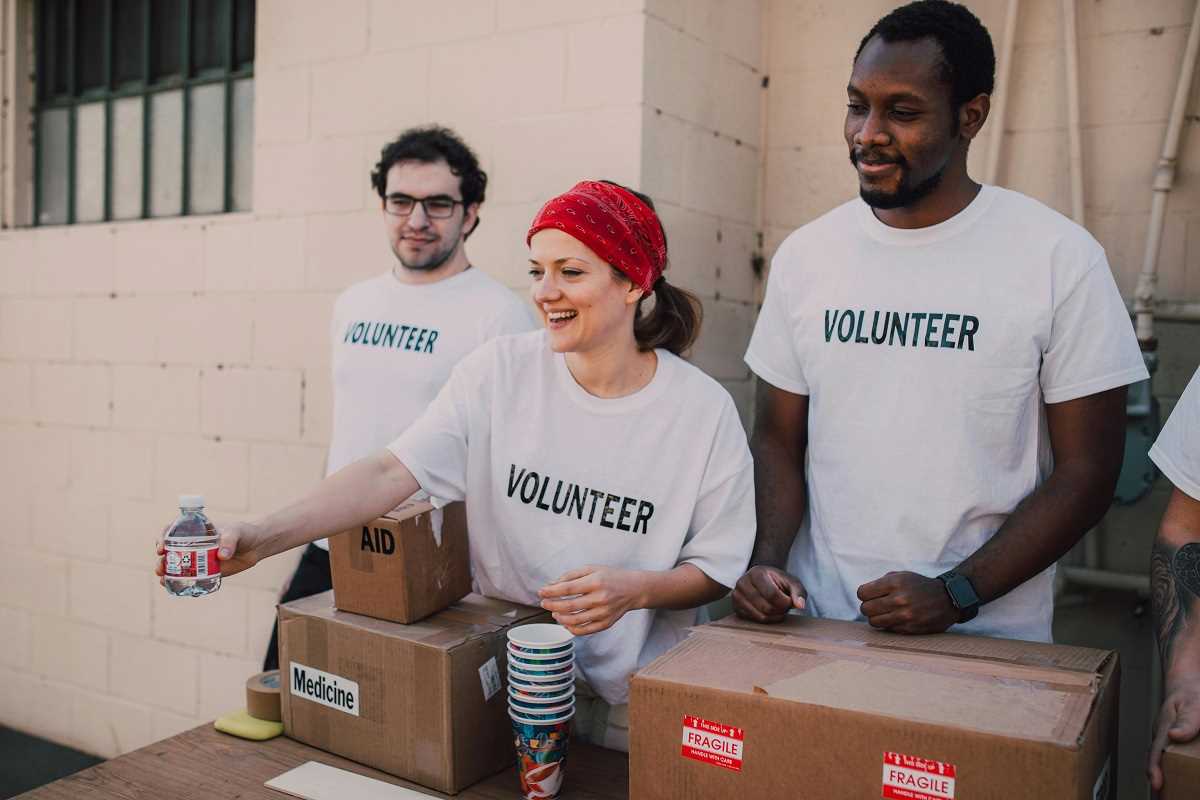Whoever said raising money for a good cause was easy clearly had never tried to stretch a shoestring budget across an entire community event. But here’s the good news—not all fundraisers require massive investments or flashy productions to be successful. With a pinch of creativity, a dash of planning, and a whole lot of community spirit, you can pull off an engaging, impactful fundraiser without breaking the bank. Better yet, you can make it fun.
Low-cost fundraisers are a powerful way to unite friends, neighbors, and local businesses to create something meaningful together. Here’s how to do it; no overpriced caterer necessary.
Step 1: Start with a Clear and Specific Goal
Before you start planning, ask yourself one important question: Why are we fundraising? A clear goal creates focus, motivates your group, and inspires others to give. Whether it’s funding a local food bank, building a new playground, or improving neighborhood safety, make sure your cause is easy to understand and explain.
For example:
- “We’re raising $2,000 to upgrade the equipment at XYZ Community Park.”
- “The goal is to fund 500 meals for local families this holiday season.”
- “All proceeds will support scholarships for students in need.”
When people can clearly see how their contribution helps, they’re more likely to support your cause.
Step 2: Engage the Community From Day One
Great fundraisers aren’t created in isolation. A big part of their success comes from involving everyone in the process. Here’s how to rally your community:
- Form a Volunteer Team. Friends, neighbors, and coworkers make excellent partners in planning. Assign specific tasks like setting up, promotion, or collecting donations so the workload stays manageable.
- Reach Out to Local Businesses. Many small businesses are happy to help by donating items, services, or even venue space. It’s a chance for them to connect with the community while supporting a good cause.
- Partner With Schools or Local Groups. Clubs, PTAs, and civic organizations already have built-in networks. Collaborating with them can boost your outreach and simplify the planning.
When people feel involved from the start, they’re more likely to participate and help spread the word.
Step 3: Choose Affordable and Creative Fundraising Ideas
Not every fundraiser needs to reinvent the wheel or cost a fortune. Often, simple ideas have the biggest impact. Here are a few low-cost options to consider:
1. Neighborhood Yard Sale
Encourage neighbors to donate items and hold a big community yard sale. It’s not only a great way to raise money but also a chance for people to declutter their homes and socialize. Throw in some baked goods or a lemonade stand to increase proceeds.
2. Trivia Night
Host a casual trivia night at a local community center or even in someone’s backyard. Charge a small entry fee for teams and seek local businesses willing to donate prizes. Pick a fun theme like local history, pop culture, or TV shows to create excitement.
3. Cook-Off or Potluck
Invite participants to showcase their favorite dishes, whether it’s award-winning chili or grandma’s unbeatable pie. Charge an entry fee for attendees to taste and vote for their favorites. You’ll keep costs low while giving families a reason to come together over something delicious.
4. Outdoor Movie Screening
Set up a simple movie night at a park or open field. All you need is a projector, a screen (a large sheet works well), and a family-friendly film. Charge a small admission fee or sell affordable snacks like popcorn and soft drinks.
5. Community Fun Run or Fitness Class
Organize a low-pressure 5k fun run or a group yoga session in a park. Collect a participation fee and ask local instructors to donate their time. Not only is it budget-friendly, but it also promotes health and activity within the community.
6. Talent Show
Give your community an opportunity to shine by hosting a talent show. From singing performances to quirky comedy acts, a little onstage fun can go a long way. Ask for donations as an entry fee and encourage a lighthearted, entertaining atmosphere.
7. Craft Fair or Art Auction
Bring out the creative side of your community by inviting local artists and crafters to showcase their creations. Artists can donate pieces, or you can agree on a percentage of sales being contributed to your cause. People love supporting local talent while giving back to the community.
Step 4: Minimize Costs Without Sacrificing Quality
Keeping costs down doesn’t mean cutting corners. It’s about being resourceful and making smart choices. Here’s how to stay on budget:
- Use Free or Low-Cost Venues. Think community centers, public parks, or school grounds. Many spaces offer discounts for nonprofit events.
- Rely on Donations. Whether it’s food, decorations, prizes, or equipment, you’d be surprised at how willing businesses or individuals are to help. Just ask.
- DIY Where You Can. From making banners to setting up tables, small efforts save money. Homemade decorations or hand-written signs can often add a personal, heartfelt touch.
- Stick to Essentials. Be cautious of overspending on items that might not directly contribute to your goal, like excessive decorations or expensive rentals.
Step 5: Spread the Word and Build Excitement
Even the best fundraiser won’t work if no one knows about it. Make sure the entire community is in the loop by getting the word out:
- Go Old-School. Put up flyers on bulletin boards, in coffee shops, schools, and libraries. Hand out leaflets at existing community events.
- Leverage Social Media. Share event details, updates, and teasers on platforms like Facebook or Instagram. Create an event page and encourage others to invite their networks.
- Press the Local Media. Reach out to newspapers, radio stations, or community blogs. Highlight the positive impact of your event to gain coverage.
- Email Networks. Use email lists from schools, local clubs, or neighborhood groups to directly invite potential participants.
When people are aware and excited, your event is more likely to thrive.
Step 6: Make the Event Memorable
On the day of the event, focus on creating a welcoming and enjoyable experience that reinforces your community’s sense of purpose.
- Greet Attendees Warmly. Make everyone feel included and appreciated, whether they’re volunteers, donors, or participants.
- Highlight the Cause. Take a moment to remind people why their contributions matter. Share stories or visuals to connect attendees to the bigger picture.
- Capture the Moment. Take photos or videos for social media and thank everyone publicly afterward. Documentation also helps you promote future fundraisers.
Step 7: Celebrate and Learn From the Experience
Afterward, take a moment to reflect on what you accomplished. Share updates on how much was raised and exactly how the funds will be used. Transparency is key to building trust and lasting support.
Celebrate your volunteers and everyone who contributed. Even if things didn’t go perfectly, focus on the positives and the impact made. Learn from the experience and brainstorm improvements for next time.
 (Image via
(Image via





